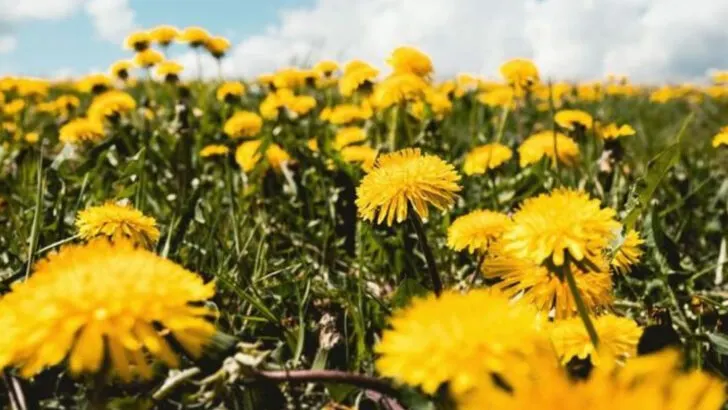Before pharmacies existed on every corner, before antibiotics were even imagined, early American settlers turned to something far older than modern science: plants. These weren’t just decorative herbs on a kitchen windowsill—they were essential tools for survival. Settlers didn’t have the luxury of calling a doctor for every illness, so they used traditional remedies, either brought from Europe or learned from Indigenous peoples who had been using them for generations.
Many of these medicinal plants were used to treat everything from coughs and fevers to wounds, infections, and even toothaches. They boiled leaves into teas, mashed roots into poultices, and dried flowers to use through harsh winters. What’s more remarkable is that modern science has confirmed the effectiveness of many of these traditional cures. These plants weren’t superstition—they were early medicine in its most potent form.
If you’re interested in herbal healing, growing your own medicine, or simply fascinated by how people survived without hospitals and pills, this list of 20 powerful healing plants offers a peek into that forgotten world. These were the go-to remedies of early Americans—and they might still have a place in your garden today.
Yarrow
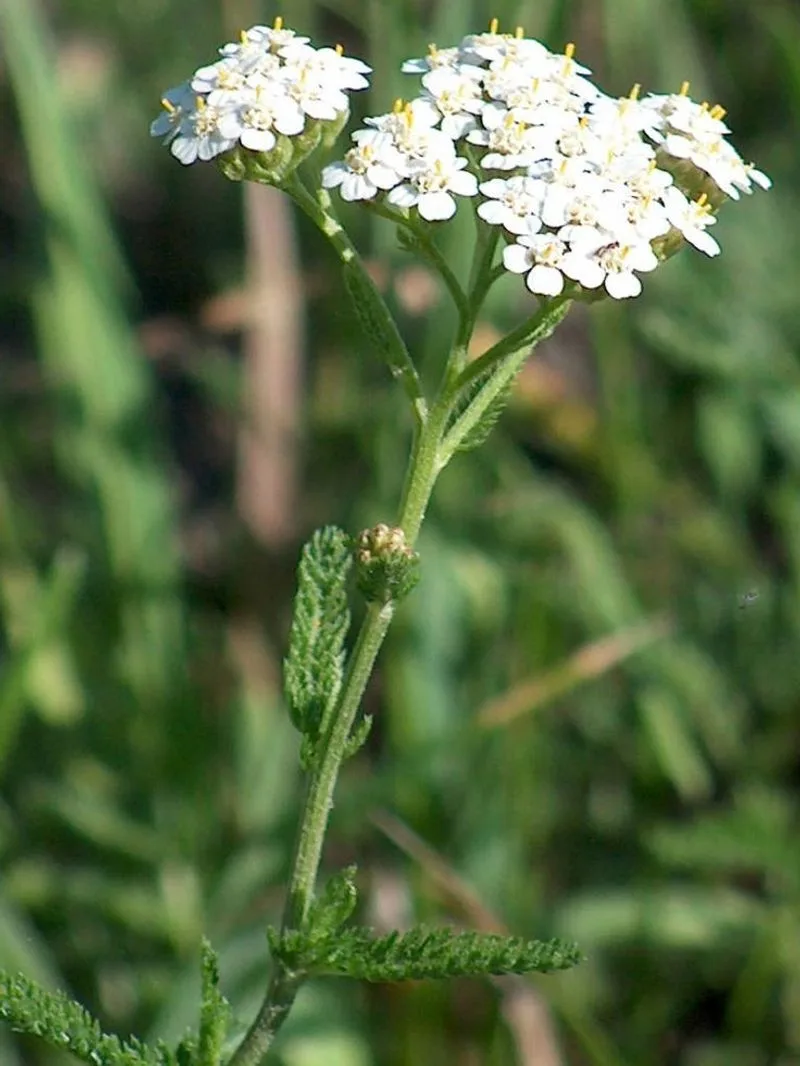
Yarrow was a healing superstar among settlers for its ability to speed up recovery. Known for its staunching prowess, this plant was often used to halt bleeding from wounds. Its clustered white flowers, resembling a delicate bridal bouquet, were not just ornamental but carried medicinal magic. Settlers believed it possessed the power to ward off evil spirits and ill health alike. Did you know yarrow was also called “Soldier’s Woundwort” during the Civil War? A sprinkle of this herb in teas was a common ritual to aid digestion and alleviate feverish chills.
Echinacea
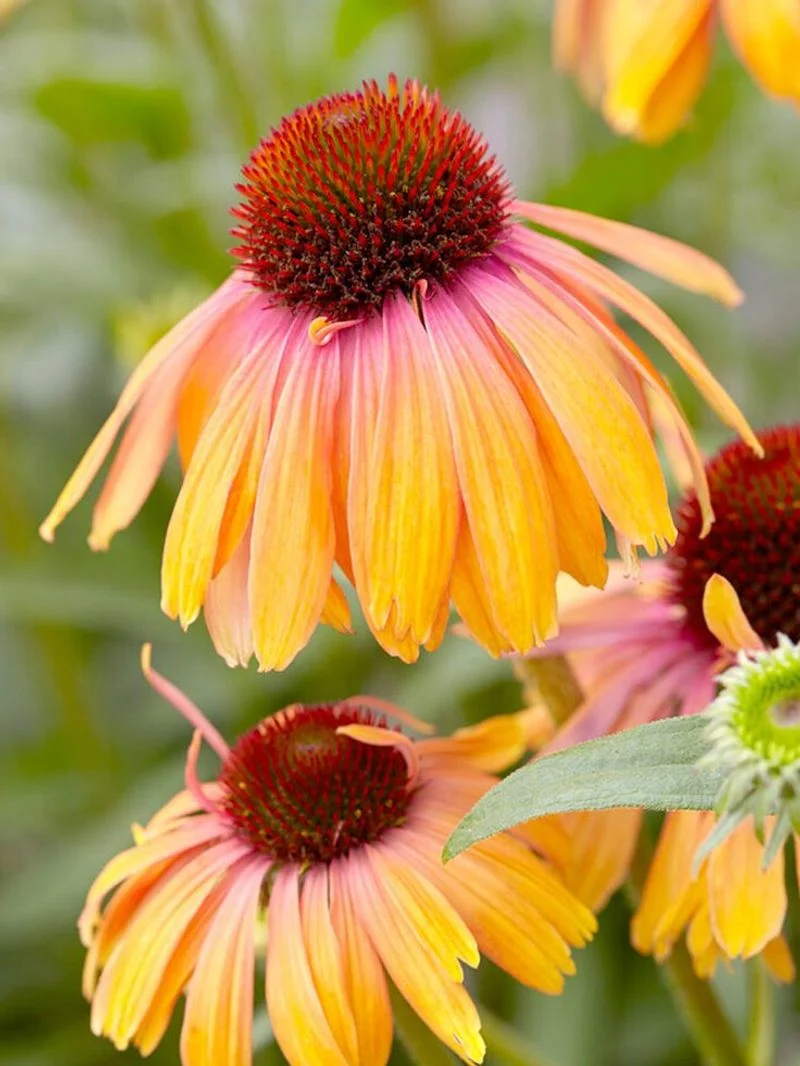
Echinacea was the immune system’s stalwart defender in the settlers’ apothecary. With its striking pink petals and spiky cone, it wasn’t just a visual delight but a winter warrior. Early settlers swore by its power to fend off colds and infections. As a tea infusion, it was a comforting remedy against the harsh chill of winter nights. In some circles, echinacea was believed to channel positive energy, boosting both health and spirits. Its reputation has endured, making it a staple in modern herbal medicine cabinets as well.
Lavender
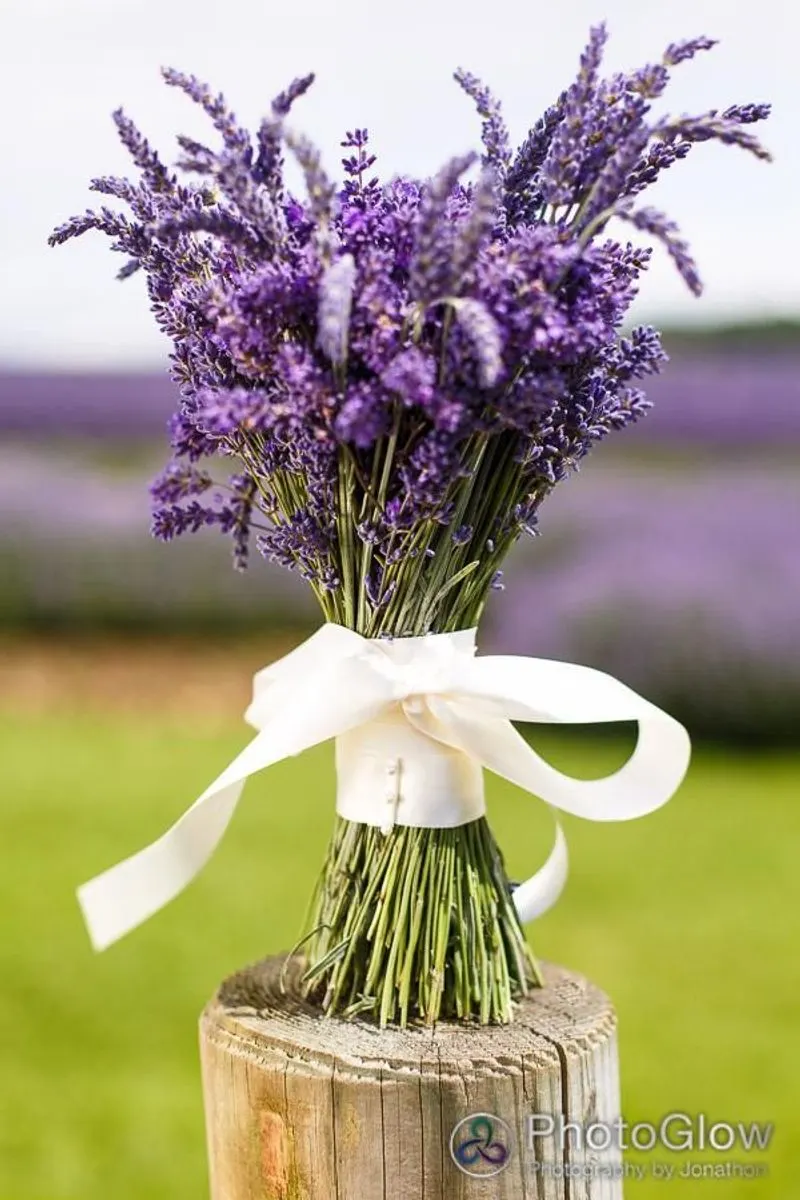
Lavender’s soothing scent was more than just a fragrant embrace; it was an early settler’s answer to a sleepless night. The fields of purple blooms were synonymous with peace and relaxation. Whether sprinkled in bathwater or tucked beneath pillows, lavender was a lullaby for the senses. In folklore, it was believed to bring serenity and dispel bad dreams. Beyond sleep, its antiseptic properties were invaluable for healing burns and insect bites. A sachet of this floral marvel was an essential in every settler’s home, ensuring restful nights and gentle healing.
Chamomile
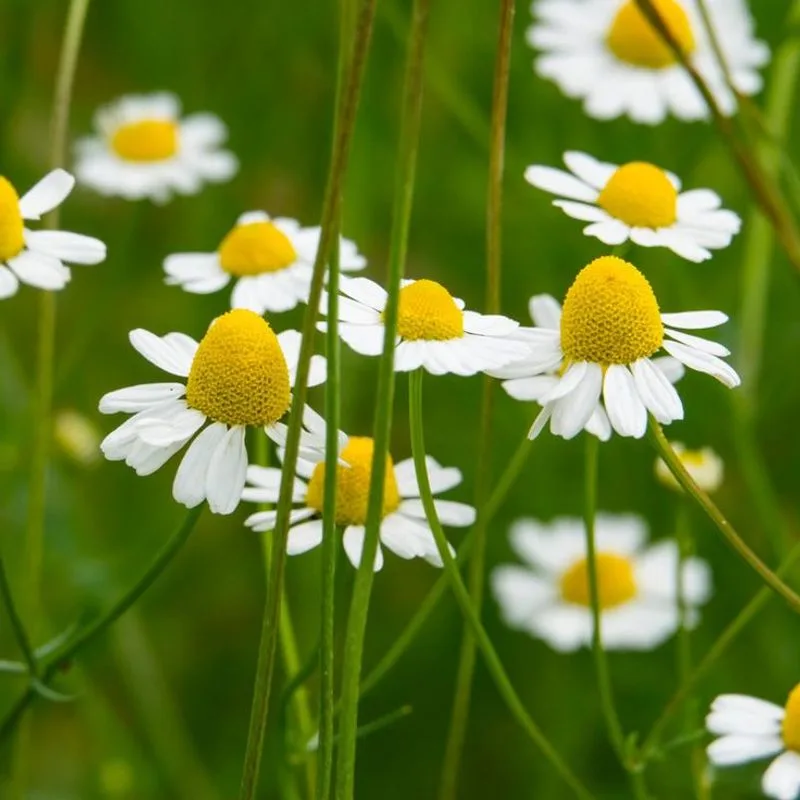
Chamomile was the warm hug settlers turned to when life got stormy. Known for its calming effects, this daisy-like flower was a staple in homes to soothe frazzled nerves and upset stomachs. Whether in a simple tea or a soothing balm, it was a gentle ally in times of stress. Stories passed down spoke of chamomile’s ability to attract money and luck, making it a favorite in gardens. Its anti-inflammatory properties also made it a go-to for skin irritations. A cup of chamomile tea was a cherished ritual, offering comfort and calm.
Calendula
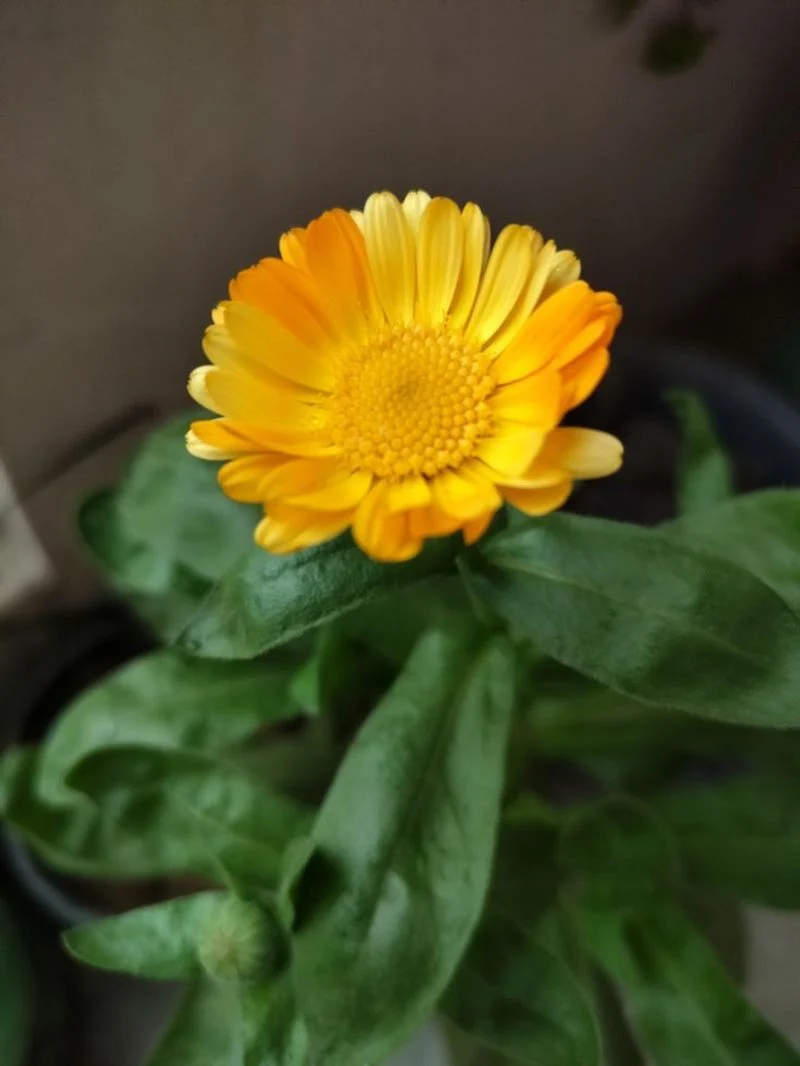
Calendula, the golden healer, was prized for its sunny disposition and skin-loving benefits. Early settlers embraced it for its ability to heal cuts, scrapes, and bruises. Infused oils of calendula were common in homemade salves to soothe and protect the skin. The bright blooms were believed to radiate positive energy, warding off negativity. Known also as “Mary’s Gold,” it was often planted near doorways for protection and prosperity. Its cheerful presence was not just a feast for the eyes but a potent remedy for skin ailments and inflammation.
Peppermint
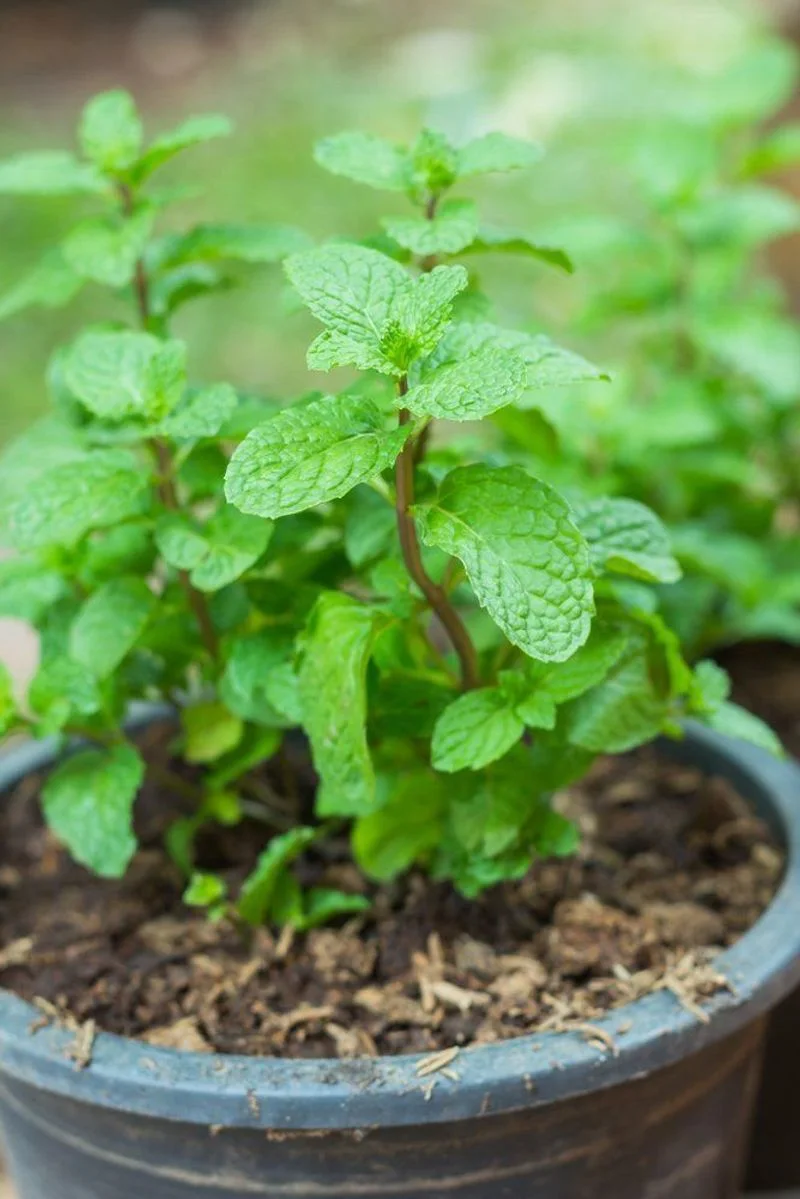
Peppermint, with its invigorating aroma, was the settlers’ choice for a refreshing pick-me-up. The crisp scent and cool flavor made it a favorite for relieving headaches and clearing the mind. Whether brewed into a tea or chewed fresh, peppermint offered a burst of energy and clarity. Its cooling properties were also used to soothe muscle aches and digestive issues. Many believed that peppermint’s aroma could enhance memory and concentration, making it a favorite study companion. This versatile herb was a staple in both medicine chests and kitchens alike.
Dandelion
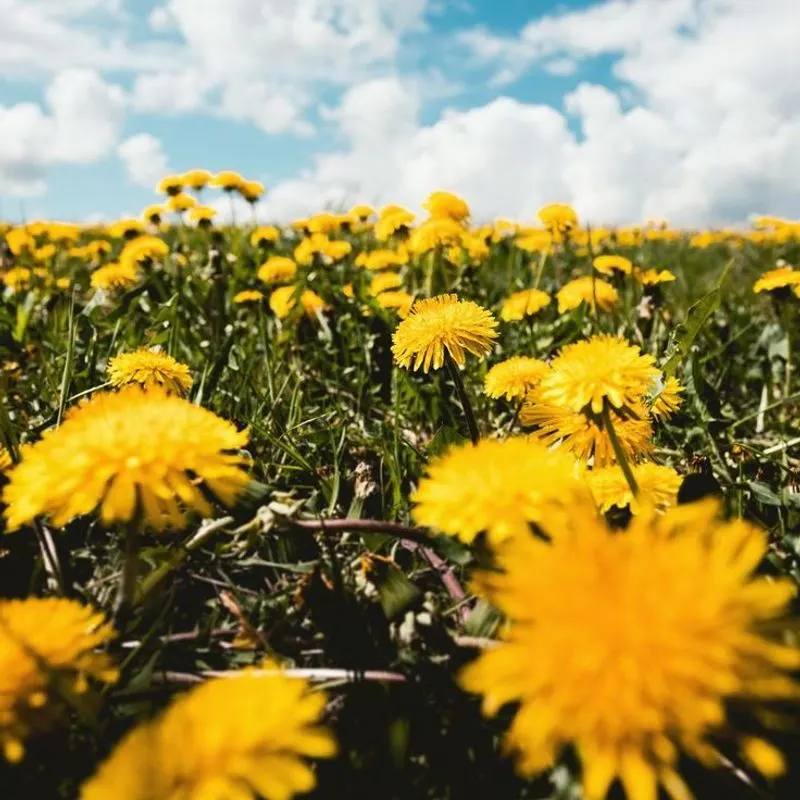
Dandelion, often dismissed as a mere weed, was a nutritional powerhouse for settlers. Every part of this plant was put to use, from root to flower. The leaves were valued for their diuretic properties, aiding in detoxification and kidney health. Dandelion tea was a tonic for the liver, believed to purify blood and promote well-being. In the language of flowers, it symbolized hope and resilience—qualities cherished by pioneers. Despite its humble appearance, dandelion brought vitality and strength, offering both food and medicine in challenging times.
St. John’s Wort
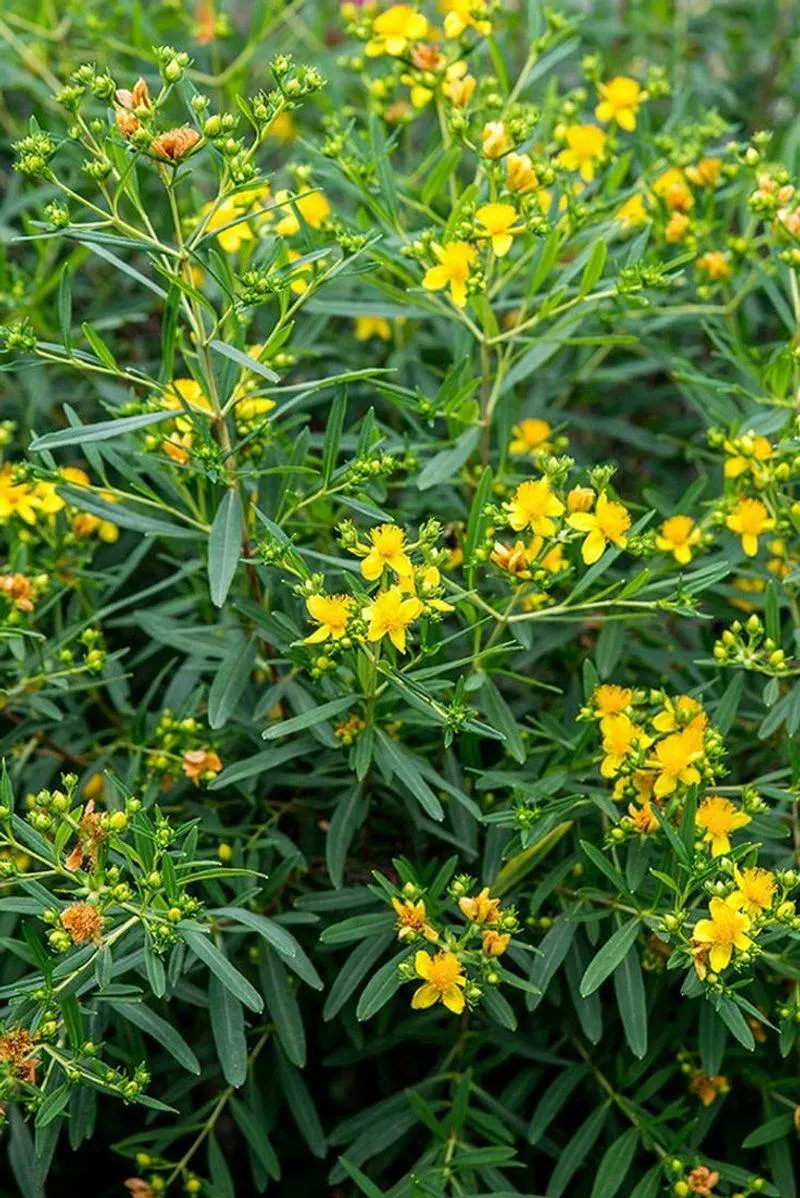
St. John’s Wort was the settlers’ ray of sunshine in herbal form, renowned for lifting the spirits. Its bright yellow flowers were a nod to the sun, believed to chase away the shadows of melancholy. Used in tinctures and oils, it was a traditional remedy for depression and anxiety. Some folklore suggested it could ward off evil spirits and protect against nightmares. Its mood-enhancing properties were cherished, offering a natural approach to mental health. Even today, it’s a popular alternative for those seeking holistic mental wellness solutions.
Comfrey
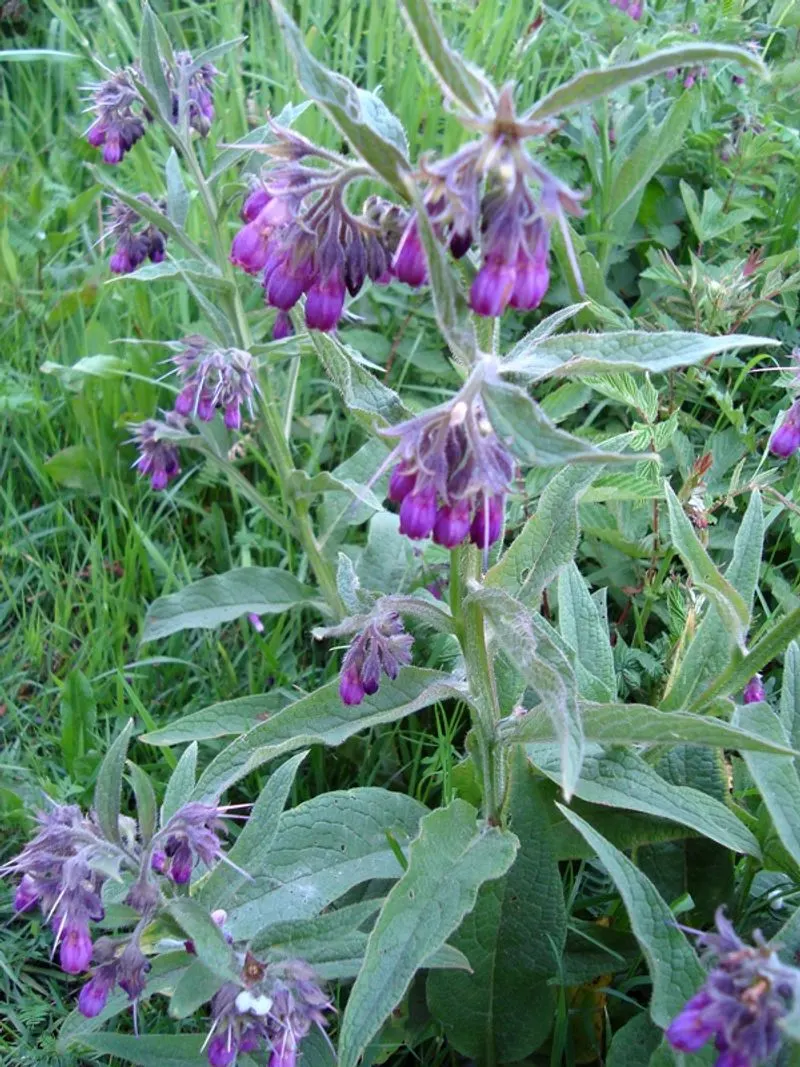
Comfrey, known as “knitbone,” was a trusted ally in mending broken bones and healing wounds. Early settlers used its leaves in poultices to reduce swelling and speed up healing. With its large, hairy leaves and purple flowers, comfrey was a common sight in medicinal gardens. It was believed to hold the power of regeneration, symbolized by its ability to knit tissues back together. While modern usage is more cautious due to potential toxicity, its historical significance as a healing powerhouse remains respected.
Elderberry
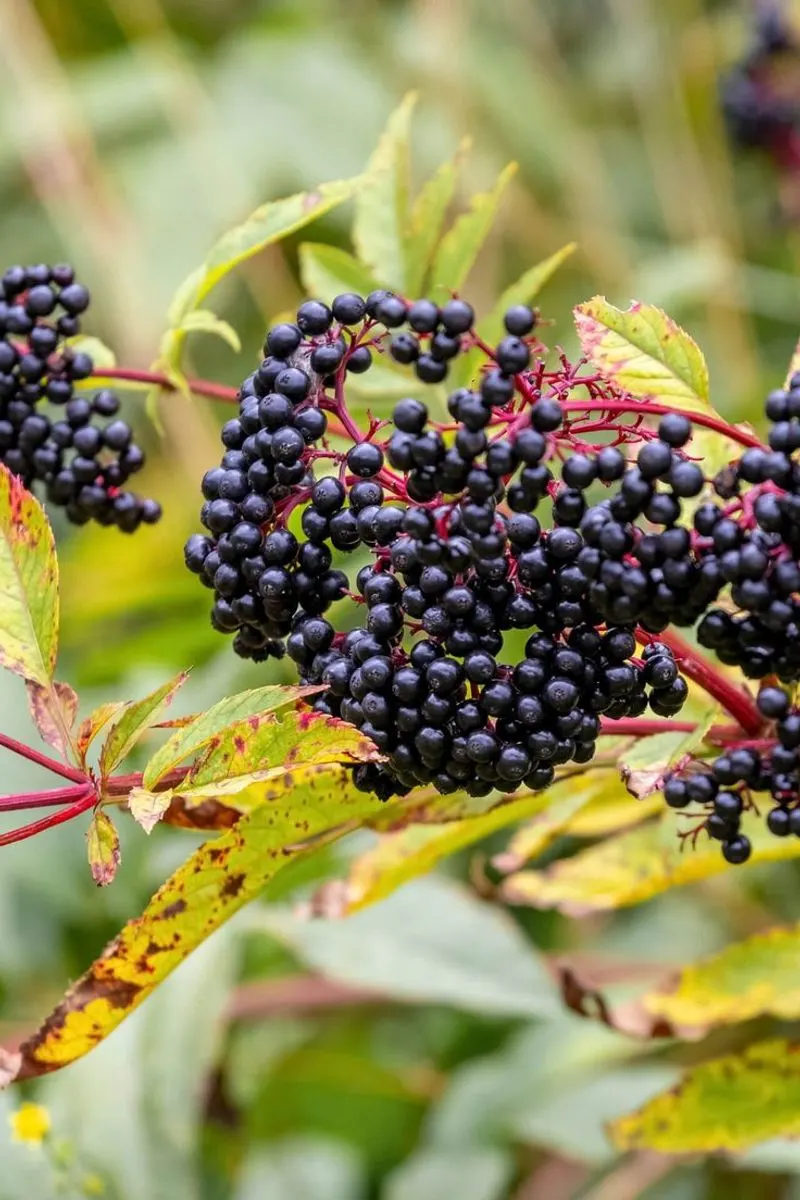
Elderberry was the seasonal protector, often turned to for its immune-boosting properties. This dark berry, rich in antioxidants, was made into syrups, wines, and tinctures. Settlers cherished it for warding off colds and flu, just as winter approached. A folklore favorite, elderberry was often associated with magic and protection from evil. Its ability to support overall health made it a staple in many homes. Even today, elderberry syrup is a popular natural remedy for boosting the immune system during the cold season.
Willow Bark
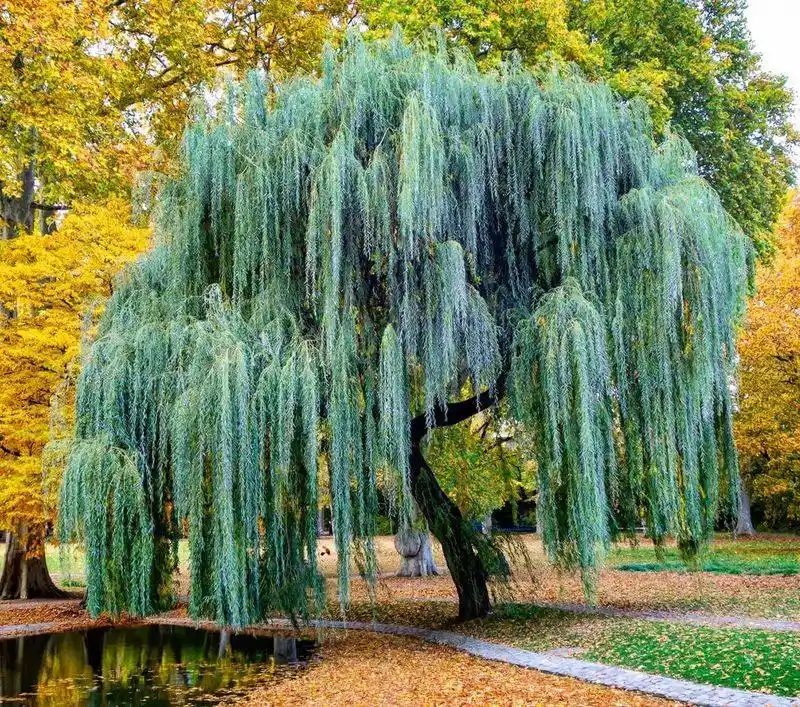
Willow bark, the settlers’ natural aspirin, was a go-to remedy for pain relief. Its use dated back centuries, providing relief from headaches, fevers, and inflammation. This humble bark contains salicin, which inspired the development of modern aspirin. Early pioneers often chewed on the bark or brewed it into teas. Its analgesic properties were invaluable, particularly in a world without easy access to pharmaceuticals. The willow tree, symbolizing renewal and resilience, was more than just a source of shade—it was a natural healer in the settlers’ toolkit.
Goldenseal
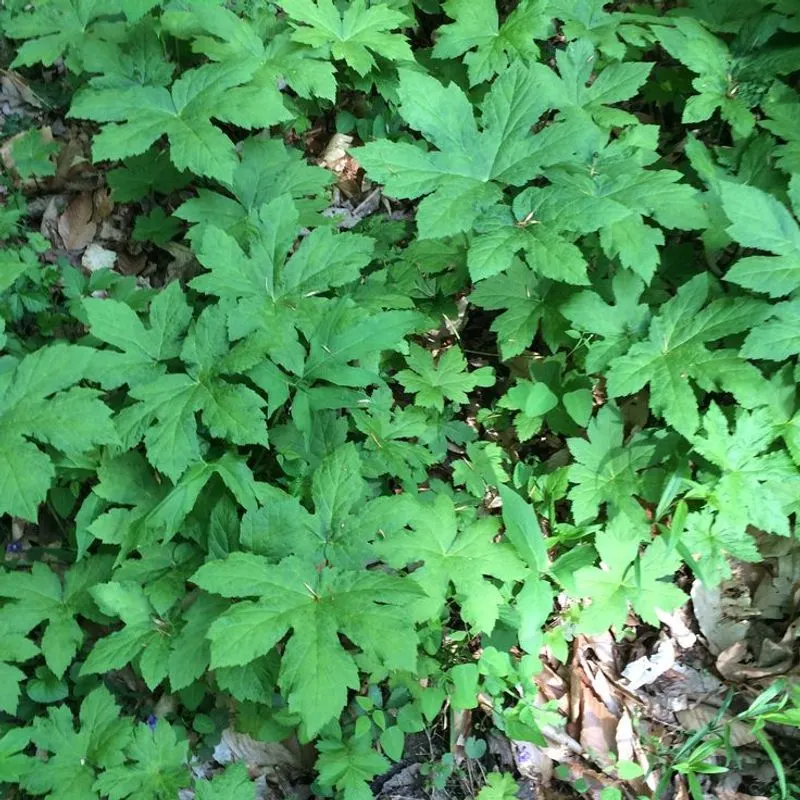
Goldenseal was the forest’s gift to settlers, known for its powerful antimicrobial properties. This woodland herb was often used to treat infections and digestive issues. Its bright yellow roots, peeking through the forest floor, were prized for their healing potential. Early settlers employed it in tinctures and salves to cleanse wounds and soothe irritated tissues. Beyond its medicinal uses, goldenseal was a symbol of prosperity and protection. Its legacy endures as a treasured remedy, though modern conservation efforts strive to protect its wild populations.
Ginseng
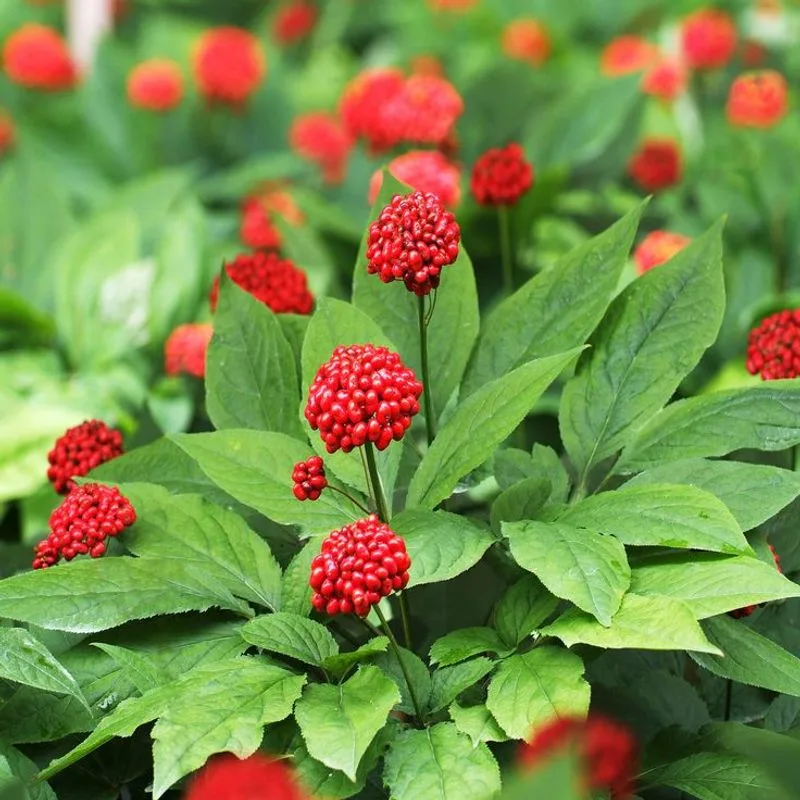
Ginseng was the settlers’ energizer, celebrated for its ability to boost vitality and stamina. The root’s human-like shape led to beliefs in its power to enhance life force. Often used in tonics, ginseng provided a much-needed energy boost during harsh winters. Its reputation as an adaptogen meant it was sought after for stress relief and overall well-being. Settlers regarded it as a symbol of strength and longevity. Today, ginseng’s legacy continues, revered for its role in traditional medicine and as a supplement for modern lifestyles.
Slippery Elm
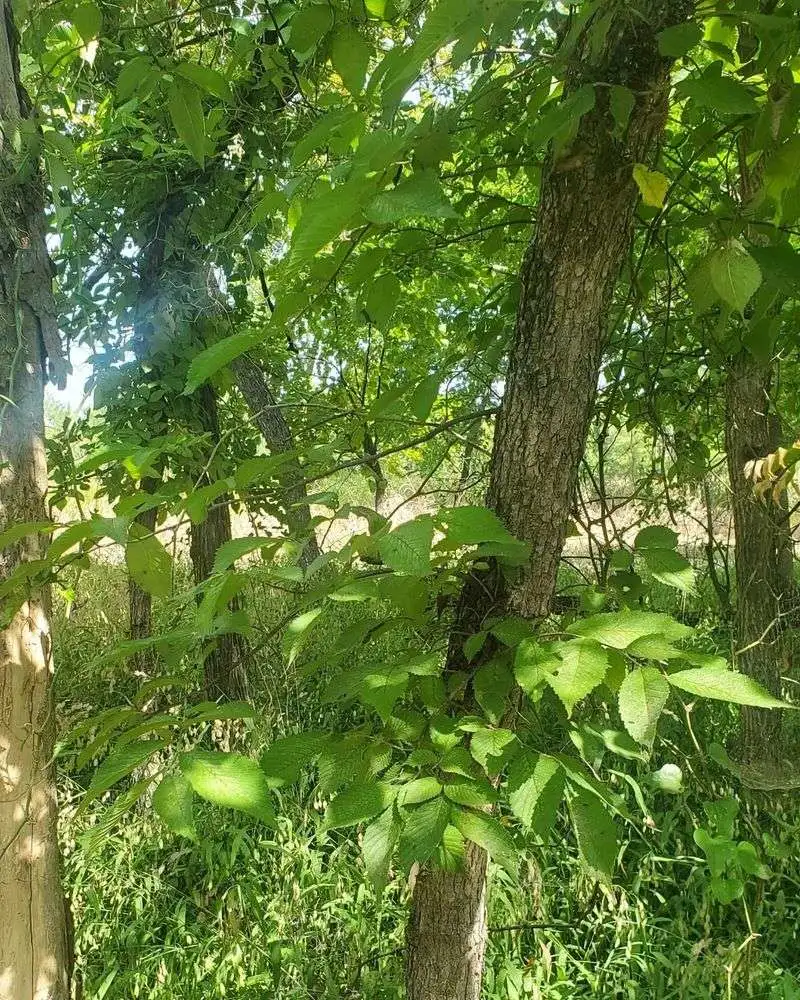
Slippery elm was the settlers’ gentle soother, known for its mucilaginous properties. The inner bark, when mixed with water, created a soothing gel-like remedy for sore throats and digestive issues. This tree was more than just a source of shade; it was a nourishing ally in times of illness. Settlers often used slippery elm lozenges to ease coughs and irritation. Its nurturing essence was believed to provide comfort and healing, both physically and emotionally. Today, slippery elm remains a popular natural remedy for soothing mucous membranes.
Witch Hazel
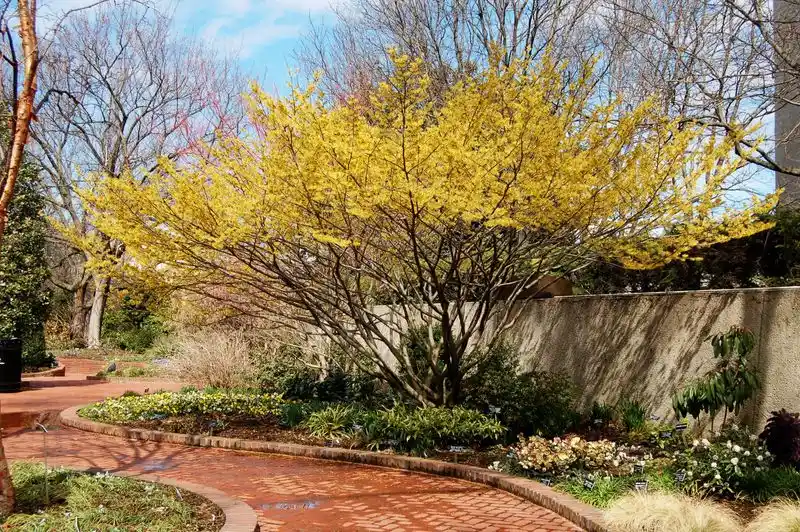
Witch hazel was the skin’s savior, cherished for its astringent properties. Early settlers used this shrub to make soothing extracts for treating skin irritations and inflammations. Witch hazel’s yellow, ribbon-like flowers added beauty to practicality. The plant was a symbol of clarity and protection. Whether in lotions or compresses, its natural ability to tighten and heal was unmatched. The settlers’ trust in witch hazel’s gentle touch has been passed down through generations, making it a staple in skincare routines even today.
Nettle
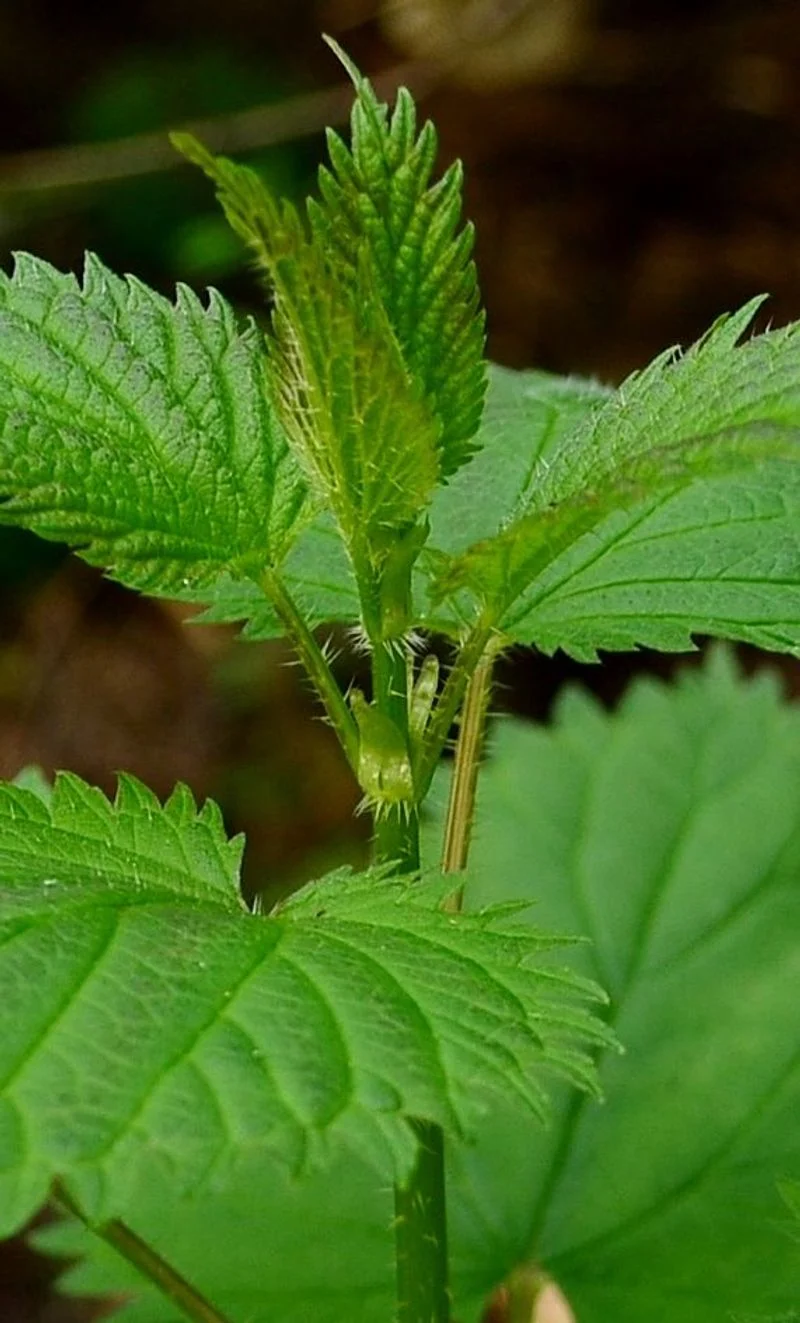
Nettle was the paradoxical plant—feared for its sting, yet valued for its health benefits. Settlers braved its sting for the nutritional and medicinal wealth it offered. The leaves, rich in iron and vitamins, were made into teas to purify the blood and boost energy. Despite its prickly nature, nettle was seen as a symbol of resilience and strength. Its anti-inflammatory properties made it a popular choice for relieving joint pain and allergies. This plant’s dual nature mirrored the settlers’ challenges and triumphs—overcoming pain to reap the rewards.
Sage
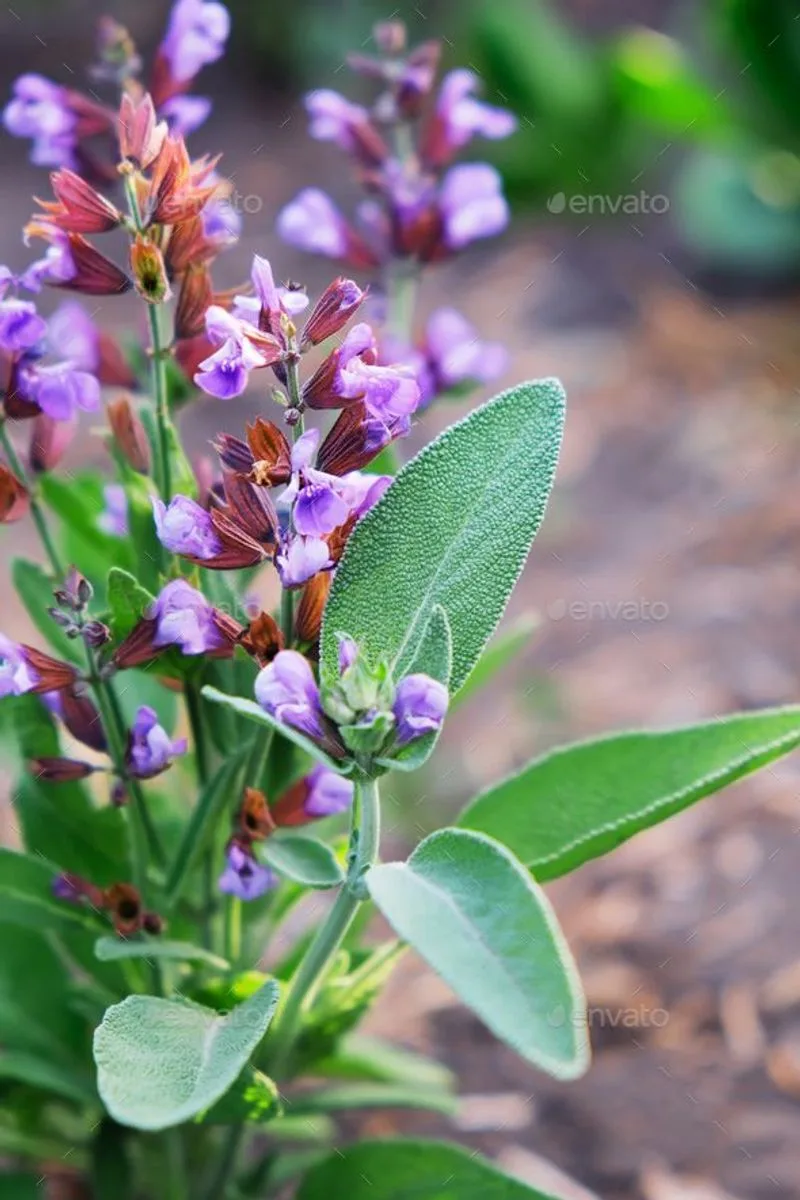
Sage was the wise plant of the settlers, revered for its culinary and healing properties. Known as a guardian of health, sage was used to ward off illness and enhance mental clarity. In teas and infusions, it offered relief from sore throats and colds. The earthy aroma of drying sage in a kitchen was a comforting presence. Beyond its practical uses, sage was also associated with wisdom and protection. Its enduring appeal lies in its versatility and rich history, bridging the gap between past traditions and modern culinary delights.
Rosemary
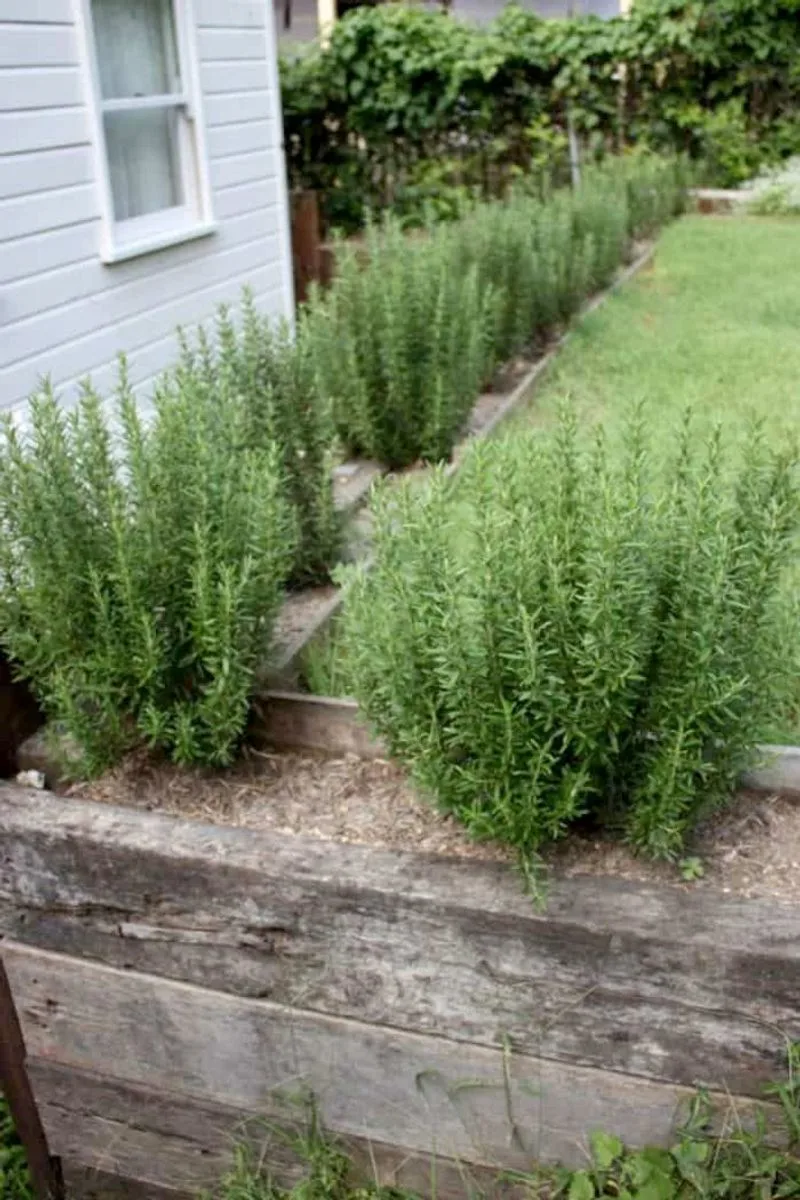
Rosemary was the settlers’ fragrant memory keeper, celebrated for its ability to enhance concentration and memory. This aromatic herb was more than a culinary delight; it was a symbol of remembrance and fidelity. Used in teas and remedies, rosemary was believed to invigorate the mind and body. Its robust flavor and scent made it a staple in both medicine and kitchen cabinets. Rosemary’s association with love and loyalty added a layer of emotional significance, making it a cherished companion in gardens and gatherings alike.
Thyme
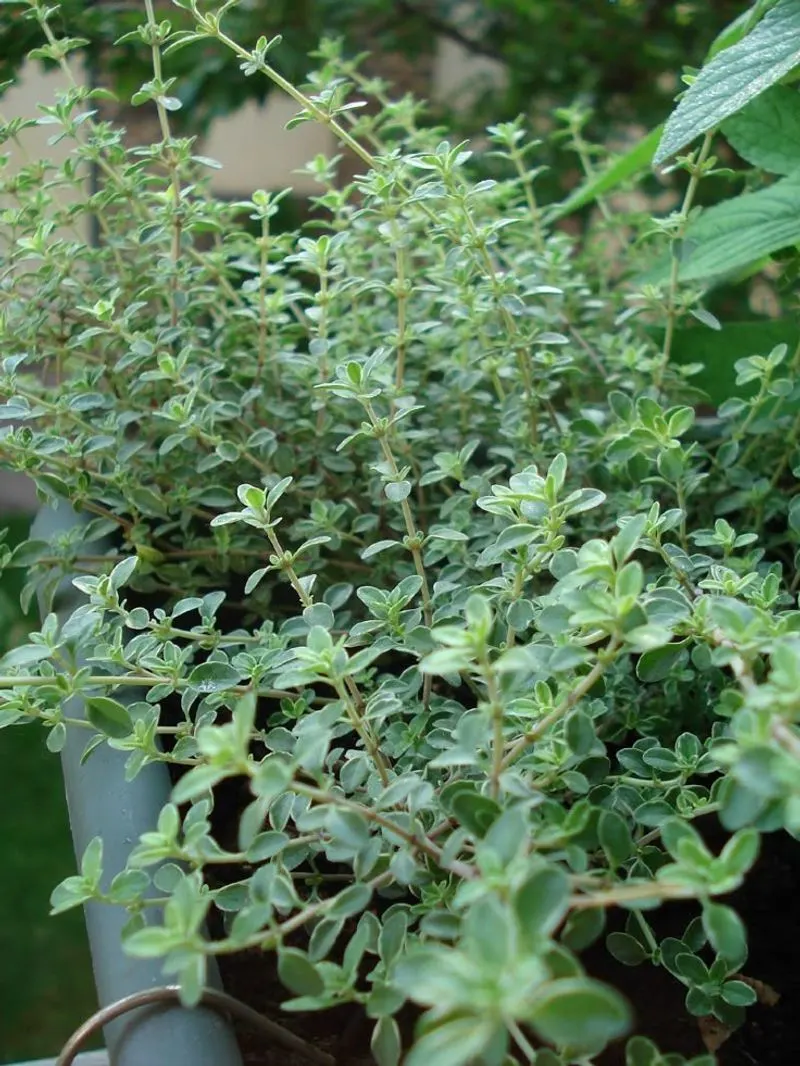
Thyme was the settlers’ tiny powerhouse, packed with antiseptic and antibacterial properties. This humble herb, with its delicate leaves and tiny flowers, was a mighty warrior against infections. Used in poultices and teas, thyme helped settlers maintain health and hygiene. The plant was also a symbol of courage, often carried by soldiers for strength in battle. Beyond its practical uses, thyme added flavor and warmth to meals, bridging nourishment and healing. Its enduring legacy is a testament to its versatility and effectiveness in both the kitchen and the apothecary.

